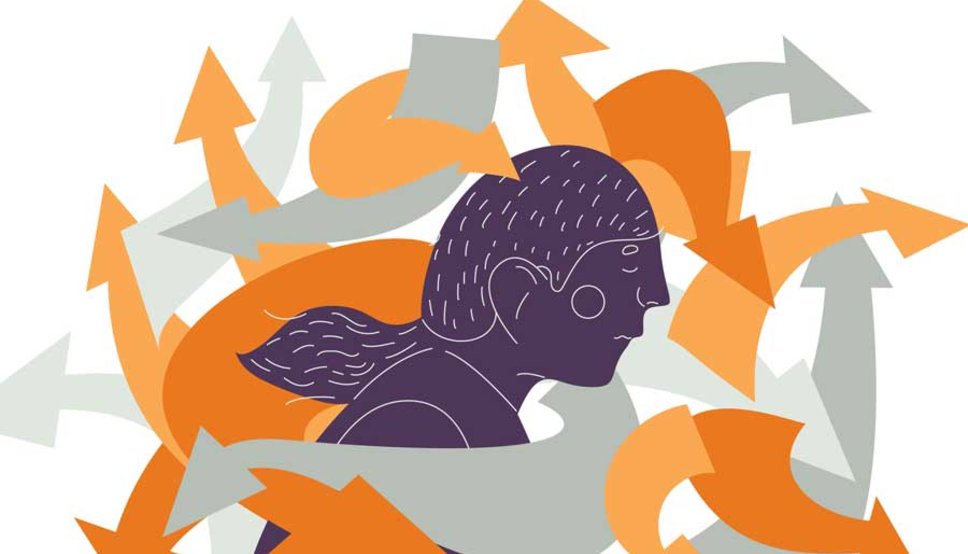ADHD and ADD
These two diagnoses are often lumped together because they are very similar. ADD (Attention Deficit Disorder) is like ADHD, without the “H” which stands for Hyperactivity. Children diagnosed with ADD have symptoms of inattention and distractibility, without the impulsivity and hyperactivity that characterize children with ADHD. Children with ADD tend to be quieter. Their minds may be constantly “on the move”, but they may not show it. Instead, they tend to daydream more. Because the child’s behavior is oftentimes less disruptive, ADD is often a difficult diagnosis to make. ADD tends to be more common in girls.




